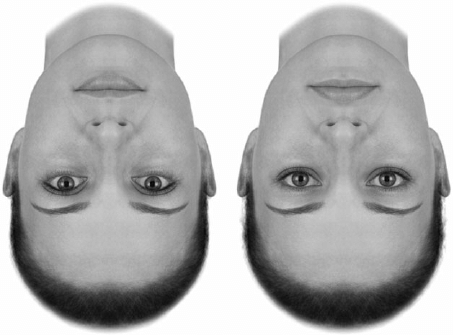Reading - Modeling as Philosophy
Pre-class responses (submit ahead of day 2)
These are lightly graded and your responses don’t have to be extensive (thorough responses are very welcome, of course). The reading questions are primarily to help you engage the material and prepare for the discussions.
Reading questions
Marr (1982) argues that when we ask a question about the mind (e.g., “how do we infer what emotions others are feeling?”), we must answer it on three different levels.1 This notion of “levels of analysis” forms the philosophical foundation for building computational models.2 It implies that we don’t have to wait for satisfactory models of one level to make progress on understanding a different level. If this were not the case, the most sensible way to model abstract cognition would be via adequate models of neural algorithms, and the physical properties of biological neurons.
Pick a topic and describe what a model of it might look at each Marr level.
- Computational theory
- Representation and algorithm
- Hardware implementation
Think of an example of a computation that can be represented in different (but computationally-equivalent) schemes, and implemented by different (but computationally-equivalent) algorithms.
Think of an example of a computation that can be implemented by the same algorithm on two physical systems.
Describe if the algorithm in (C) is equally well suited for both hardware systems, and if not, why a different algorithmic implementation would be a better choice for one of the physical systems.
According to Marr, what is a representation?
Varela et al. (1991) reject the idea that cognition is fundamentally representation based on the argument that it makes three untenable assumptions:
The first is that we inhabit a world with particular properties, such as length, color, movement, sound, etc. The second is that we pick up or recover these properties by internally representing them. The third is that there is a separate subjective “we” who does these things. These three assumptions amount to a strong, often tacit and unquestioned, commitment to realism or objectivism/subjectivism about the way the world is, what we are, and how we come to know the world.
How would Marr and these authors characterize and classify perceptual illusions? How would they explain why illusions like the ones below exist? How would you define an illusion in general?
The Double Ring Illusion by Dawei Bai & Brent Strickland
The Thatcher illusion (Thompson, 1980) (image from Little et al. (2011)).

Rotate your screen
References
Footnotes
Marr (1982, pp. Figure 1–4).
↩︎The three levels at which any machine carrying out an information-processing task must be understood.
The term “computational model” is used by different fields to mean widely different things, often simply that an algorithm was involved. It does, however, have a specific and useful meaning in cognitive science, which is exclusively how it will be used in this course: a computational model is a Marr level one model.↩︎